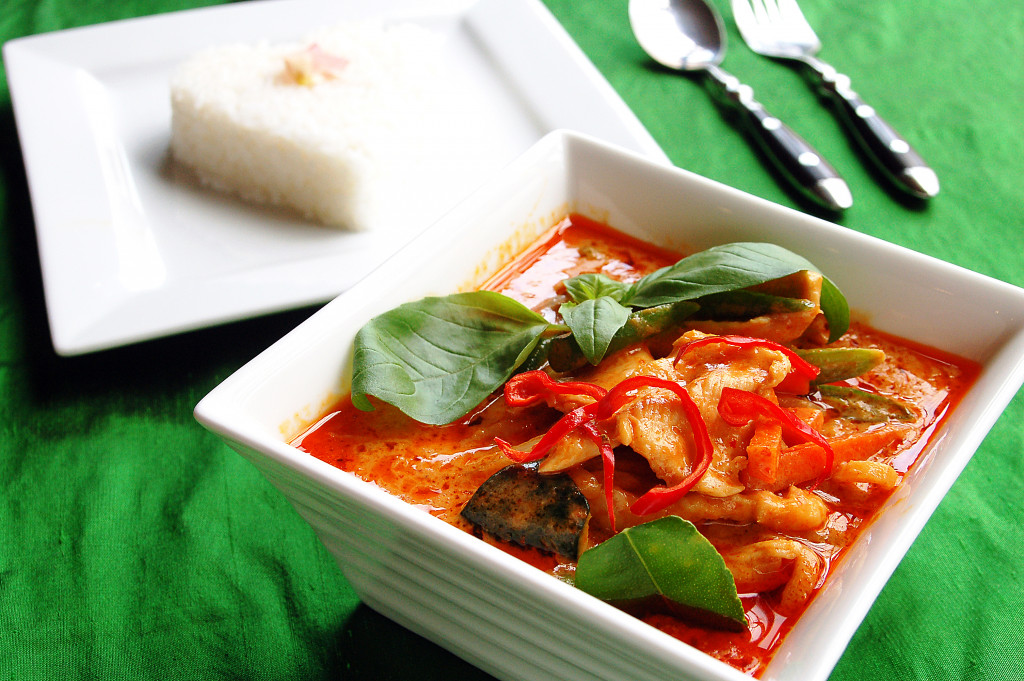Obesity and being overweight has not reached the levels of acceptance in Asia as it has other western countries. Surprisingly, the stigma is not centered on health issues — but more of aesthetics. Since Asians tend to be on the thinner side, gaining weight is seen as unnatural or even associated with gluttony.
Being Big Is a Rarity
One of the reasons obesity and being overweight is frowned upon is because it’s so rare. In Singapore, obesity rates don’t even reach 15 percent. Being overweight will make you stand out in a sea of fit people, and Asians are not ones to make excuses about genetic dispositions or big bones. In Asian cinema and television, obese characters are either comical or sinister.
Most Asians associate obesity with a lack off self-control, improper hygiene, gluttony, and greed. Being obese in Asia will earn you quite a few stares and a few whispered comments behind your back. The stigma is real, and most Asians go to great lengths to keep themselves healthy and adjust to the norms of society.
Diet Is Key

While most westerners attribute the low obesity rates in Asia to diet, Asian food is rich in what Americans and Europeans consider unhealthy/fattening foods. Asian food is rich in carbohydrates and starch, considering that almost every meal comes with a bowl of rice. Processed food might not be as prevalent, and dining on fast food is rare and not constant. Soups, stir-fry, steaming, and roasting are commonplace, much more so than deep-frying.
Asian dishes are also purported to use more lean sources of meat such as fish and tofu — a statement that varies from country to country. Another claim is that the use of chopsticks may have an impact on keeping weight off. Using chopsticks does slow down your food consumption, allowing your body to feel full before you stuff it to the brim. Of course, the most significant factor is still portion size. Asians just eat less than their American and European counterparts.
Losing Weight Without Surgery
Asians go to great lengths to lose weight (if they do gain it). However, surgery is still considered too extreme of a solution. Exercise and diets are still the primary options, and group exercises are quite common in countries influenced by Chinese and Japanese culture. Marathons and fun runs still gather tens of thousands of runners. Gyms might not be as popular compared to western countries because Asians tend to focus on cardio with sports and other outdoor activities.
In Singapore, people are turning to novel techniques that deal with fat using new technology. Cryogenic lipolysis or coolsculpting has become a common practice in Singapore’s most affluent circles. The procedure is non-invasive, merely cooling a portion of your body with an applicator that freezes the fat underneath your skin. Unlike exercise, cryogenic lipolysis allows you to lose fat in specific parts of the body, with visible results within four months and a reduction of fat in the desired area of up to 20 percent.
A certain level of fitness is the norm in most Asian countries. Obesity still has a bit of stigma attached to it, and it’s probably a good thing as people strive to be healthier and leaner.
